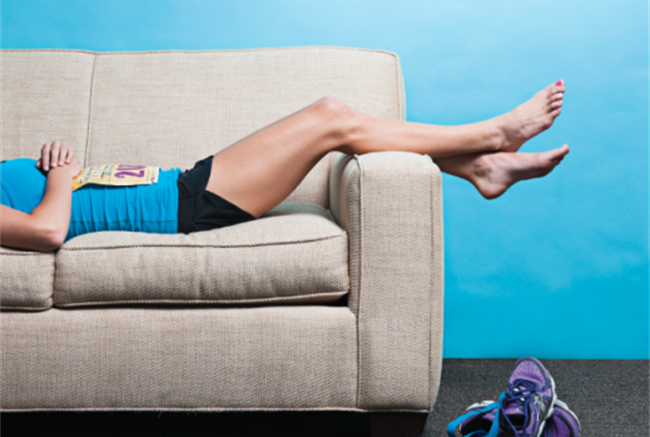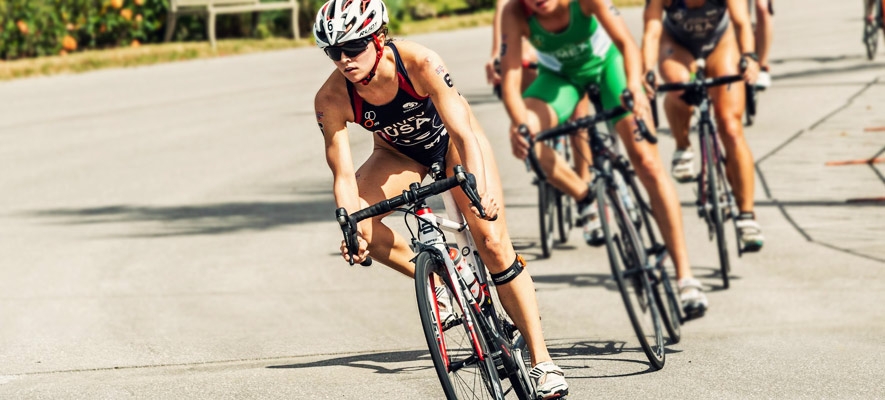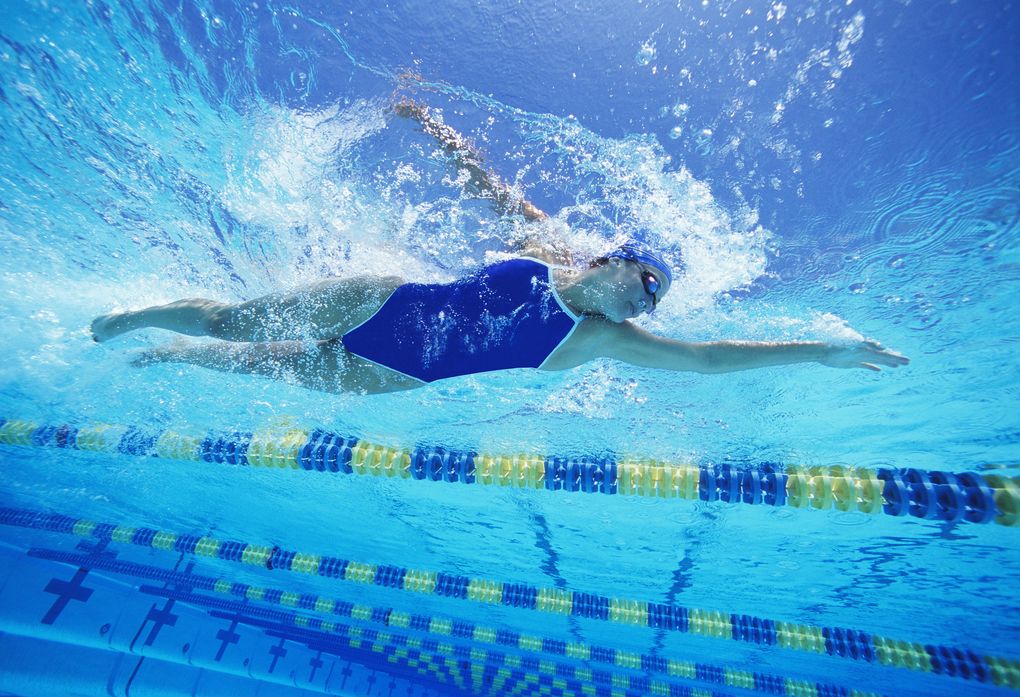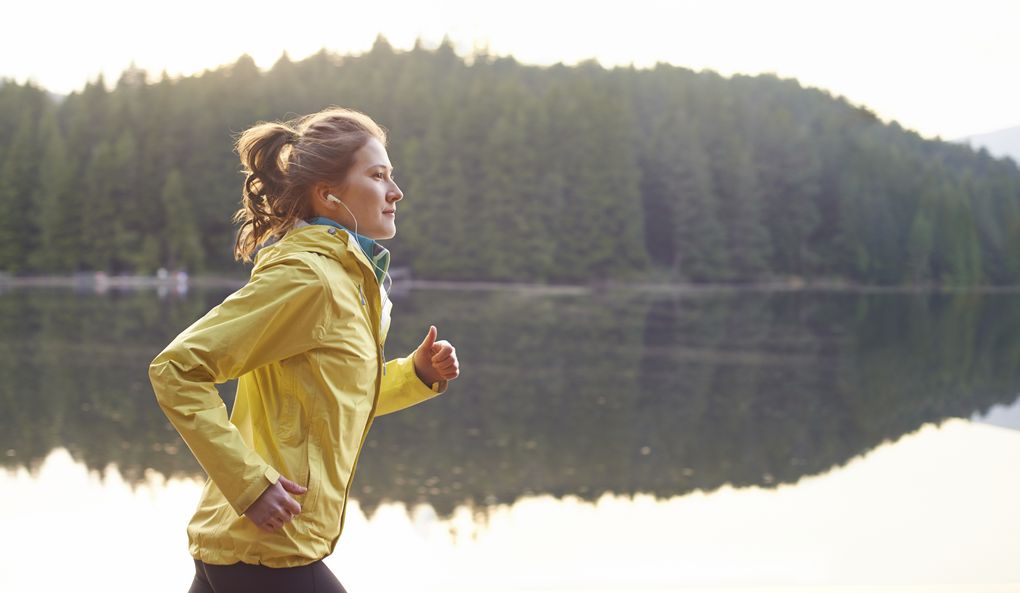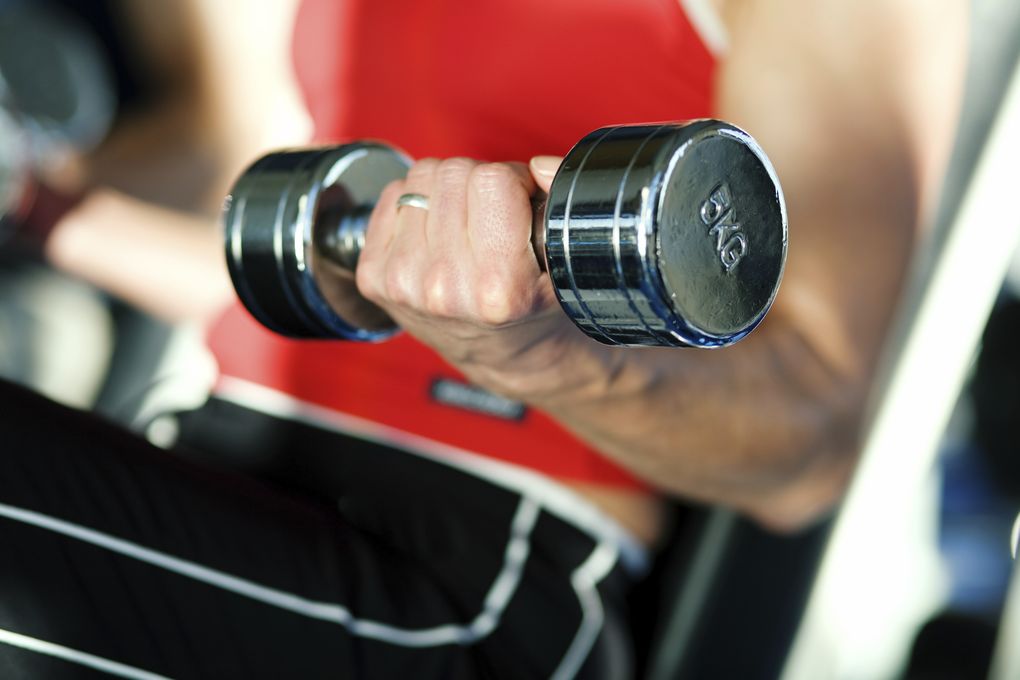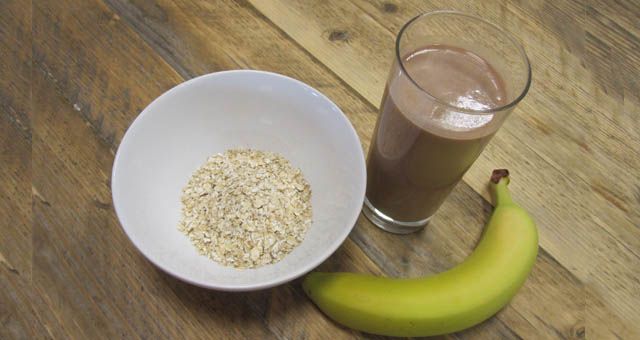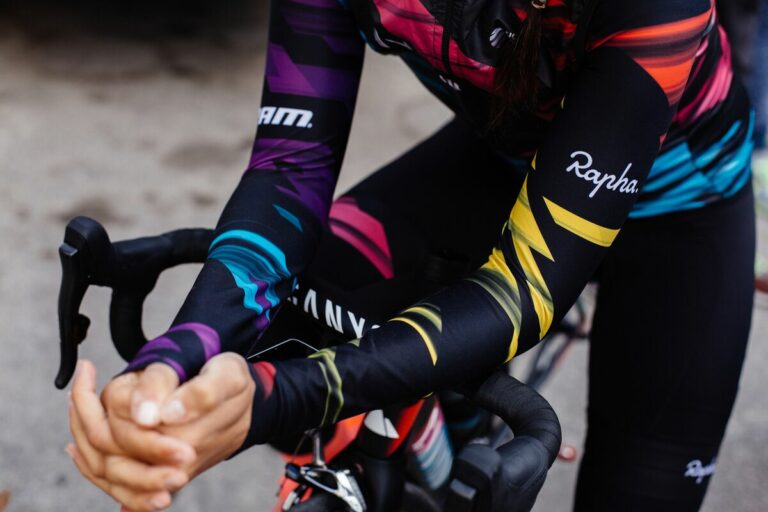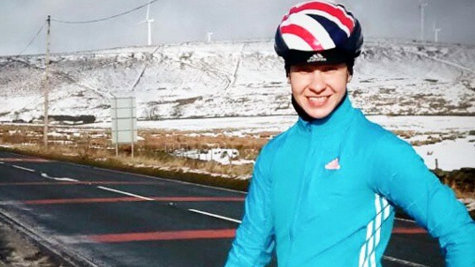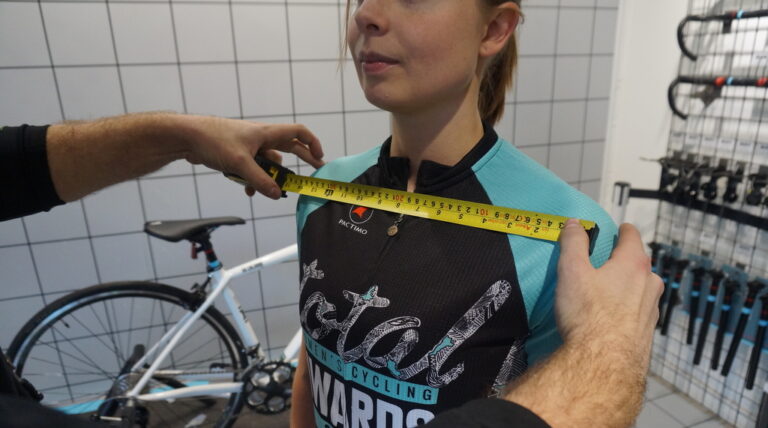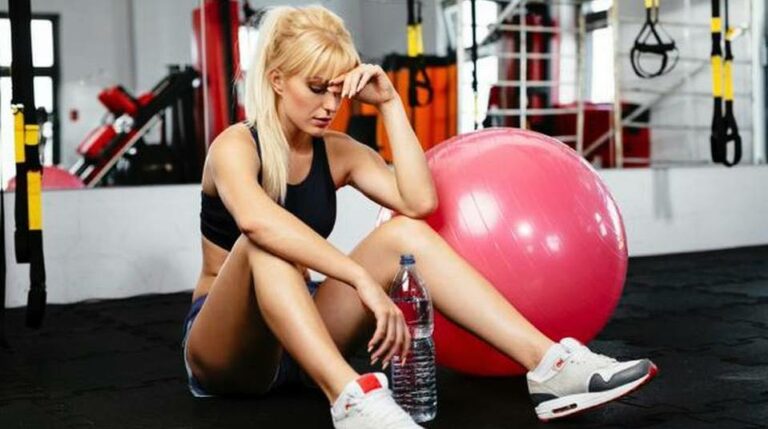Cyclists have an awful habit of disregarding the incredible fitness of those who practice the three sports of swimming, cycling and running in quick succession. It’s even said in the love-or-hate Velominati rules:
Rule #42// A bike race shall never be preceded with a swim and/or followed by a run.
Also keep in mind that one should only swim in order to prevent drowning, and should only run if being chased. And even then, one should only run fast enough to prevent capture
At TWC, we know we’ve got quite a few readers who are dedicated triathletes, or just dipping their toes in the water – and we actually reckon those cyclists that turn their noses up at triathletes are probably just jealous of their multitasking skills and fitness levels.
Provided you get enough rest in between, combining your riding with these two other sports can be an excellent idea – swimming is not weight bearing but gives you all all-over workout, helping you develop excellent core strength. Running is hard on the body, but it’s easy to squeeze a good workout in if you’ve got limited time and will help really work those legs.
If you’re thinking of trying a triathlon in 2016, or perhaps you’ve been racing all season and are looking for an even better summer of competing, we’ve got some tips for a successful off season…


